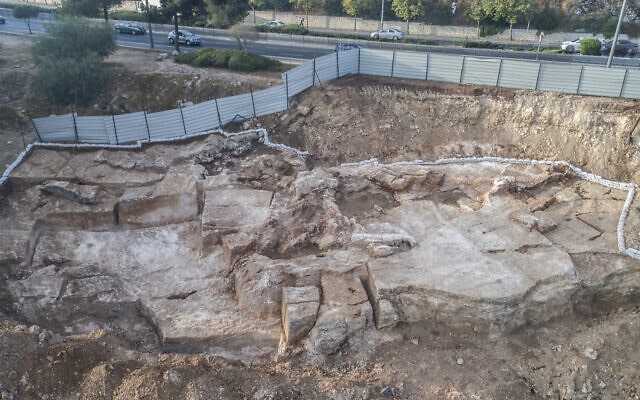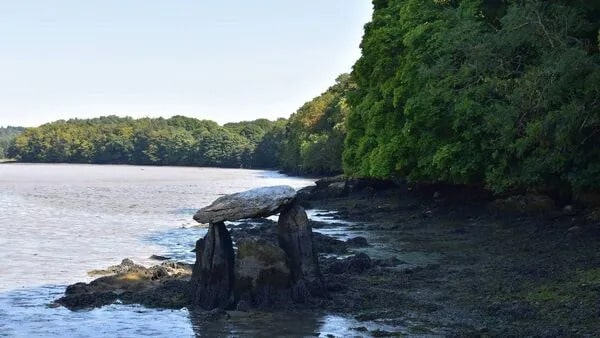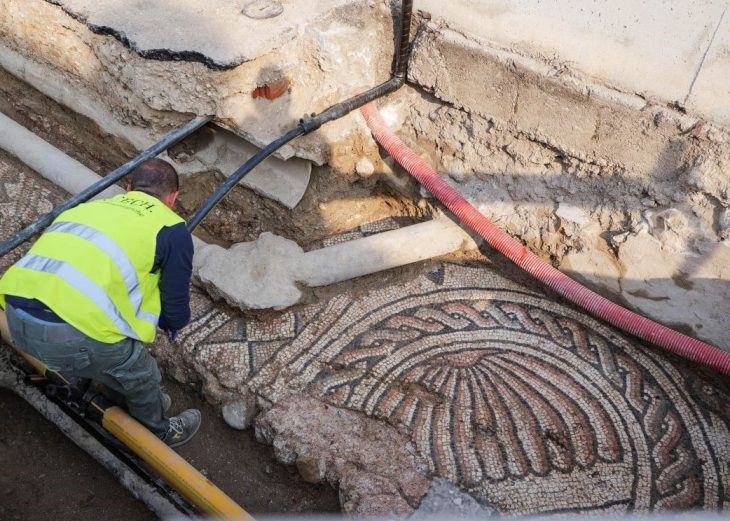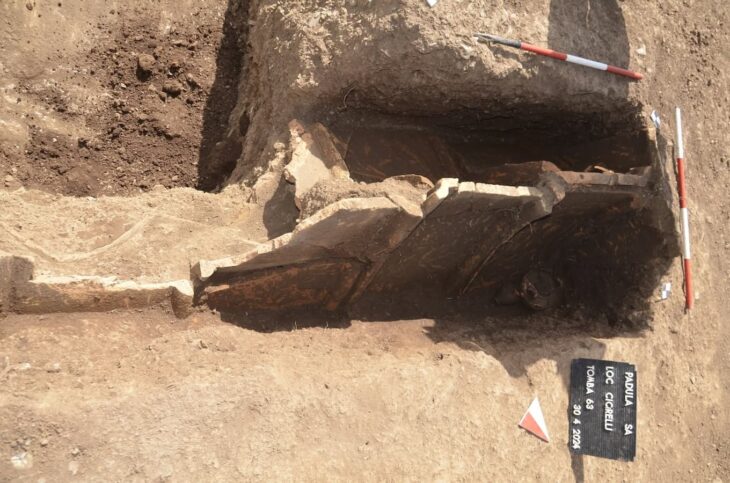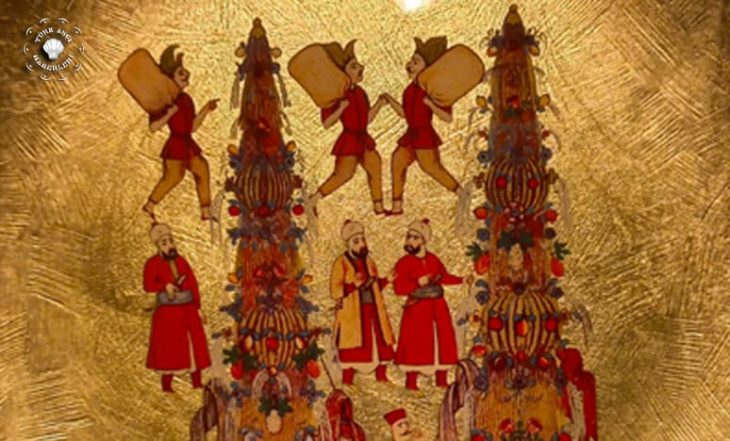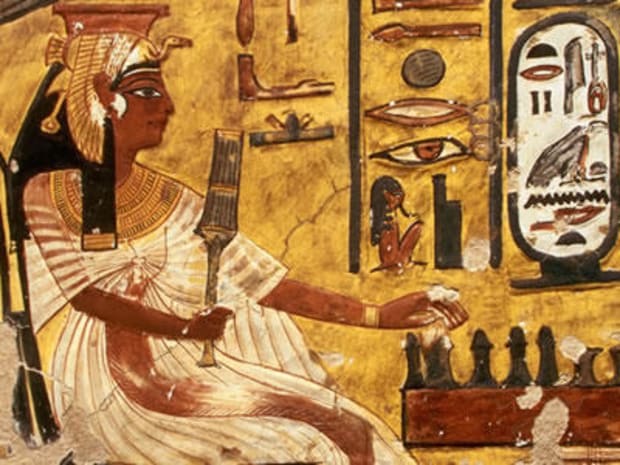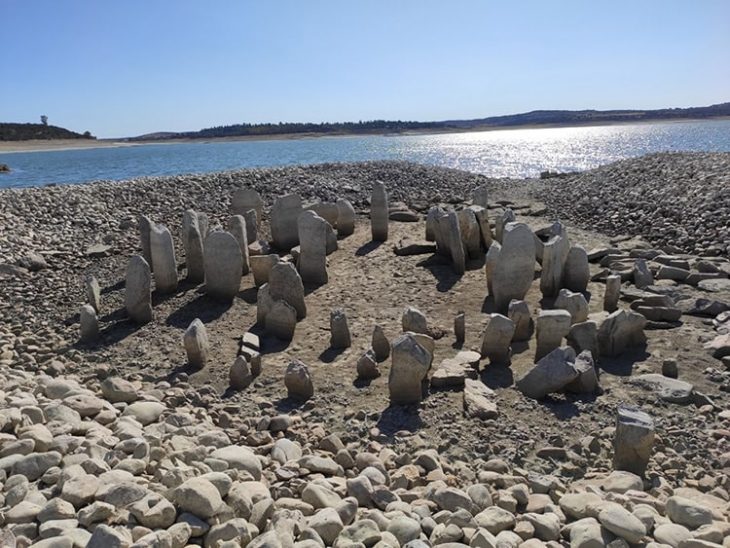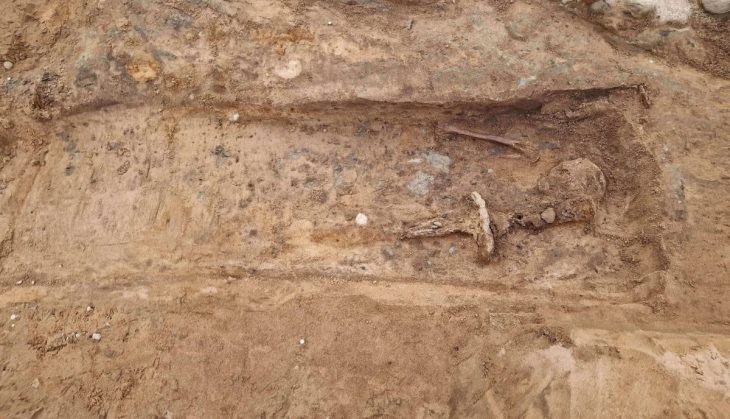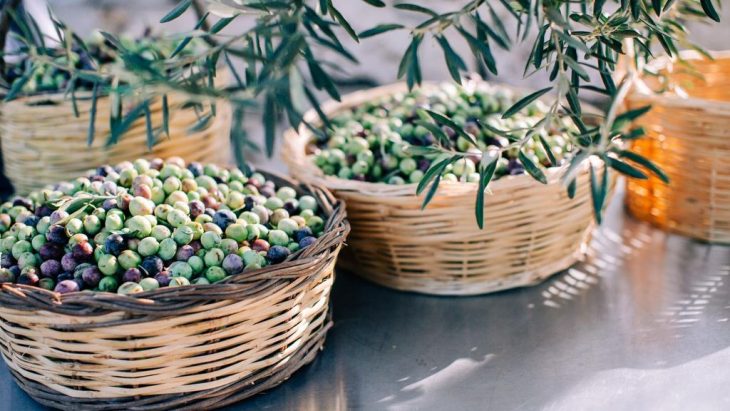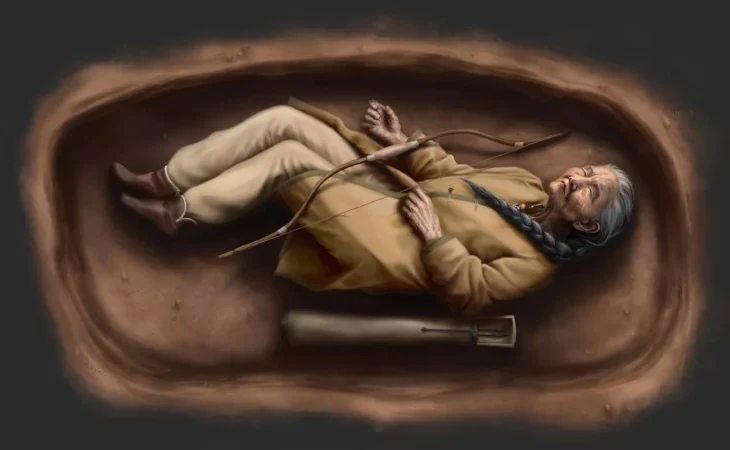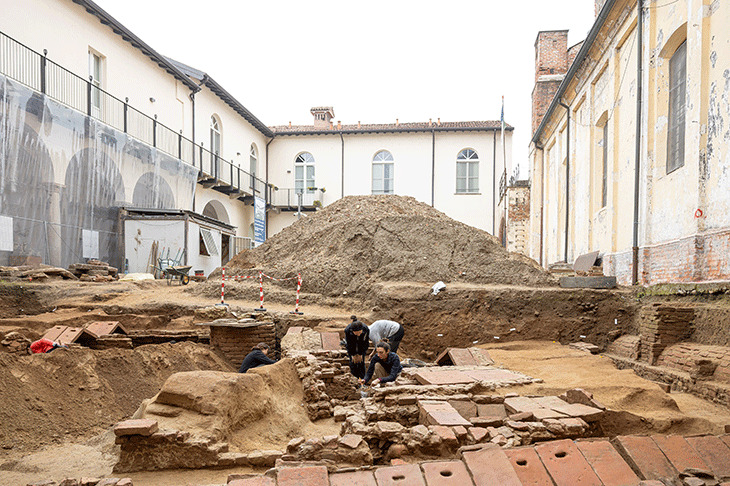An international research team led by maritime archaeologist Staffan von Arbin of the University of Gothenburg has confirmed that a cannon discovered off Sweden’s west coast dates back to the 14th century. It might be Europe’s oldest shipboard cannon.
A recreational diver discovered the small, muzzle-loading cast copper-alloy cannon in 2001 at a depth of 20 meters in the sea off Marstrand, which is located just northwest of Gothenburg. The diver did not initially know the significance of his find, but later notified the Maritime Museum in Gothenburg about his discovery.
The research team believe that the cannon came from a shipwreck, and conclude that it is a shipboard cannon, and not a cannon that was being transported as cargo, because it still had parts of a charge left in its powder chamber when it was found. This means the cannon was loaded and ready for use in combat at the time it ended up on the sea floor.
“Thanks to the preserved remains of the charge, it has been possible to use radiocarbon dating to establish the age of the find,” says Staffan von Arbin, maritime archaeologist at the University of Gothenburg.
“The study’s findings show that the Marstrand cannon is probably from the 14th century, making it one of the oldest artillery pieces ever found in Europe.”
The researchers documented the find with 3D scanning, and also conducted a chemical analysis of the metal used to cast the cannon. The analysis showed that it was a copper alloy containing about 14 weight percent lead and only small amounts of tin.
This alloy is far from optimal for casting cannon according to the researchers, and it is likely that the cannon would have cracked and been rendered unusable if used intensively for longer periods.
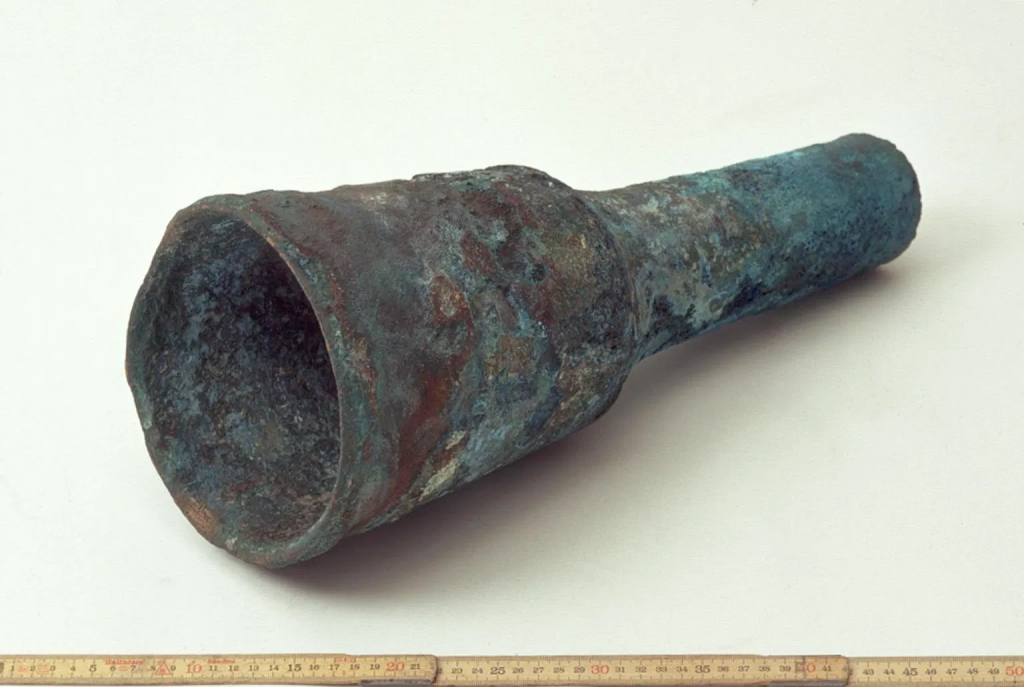
“Clearly, the person who cast the cannon did not have the necessary knowledge and understanding of the properties of various copper alloys,” says Staffan von Arbin. “This shows that the noble art of cannon casting had not yet been fully mastered at that time, and that production was largely based on trial and error.”
The analysis also indicates that the copper ore used in the cannon’s production was mined in present-day Slovakia, while the lead probably came from England or the border region between Poland and the Czech Republic.
In this interdisciplinary study published in the journal The Mariner’s Mirror, the researchers present the results of the analyses they carried out, but also discuss the find in light of documentary, iconographic and archaeological sources. In the 14th century, the town of Marstrand, famous for its excellent port, was an important hub for commercial shipping between Western Europe and the Baltic Sea area. But the sea was also an arena for war and conflict, and coastal civilian populations were often hit hard. In addition, there was always a risk of attacks by pirates.
The new types of firearms developed at this time provided great tactical advantages in battles at sea. But it wasn’t just warships that were armed – during the late Middle Ages merchant ships also started being equipped with cannon more and more often to defend themselves against pirates and other hostile vessels. The study of the Marstrand cannon provides new knowledge and perspectives on the development of this military technology.
Funnel-shaped cannons of the Marstrand cannon type are usually attributed to the 15th–16th centuries, but this find is testimony to the fact that this model already existed in the 14th century. The preserved remains of the charge in the cannon’s powder chamber also show that the use of cartouches, a kind of textile packaging for the powder charge, came into use much earlier than previously known.
“Now, of course, we also want to try to locate and document the ship that the cannon belonged to. Although it is probably severely degraded and broken up, it should be possible to find scattered remains of the wreck if we conduct a thorough inventory of the site and its surroundings,” says Staffan von Arbin.
https://doi.org/10.1080/00253359.2023.2225311
Cover Photo: Bo Niklasson/Bohusläns museum


